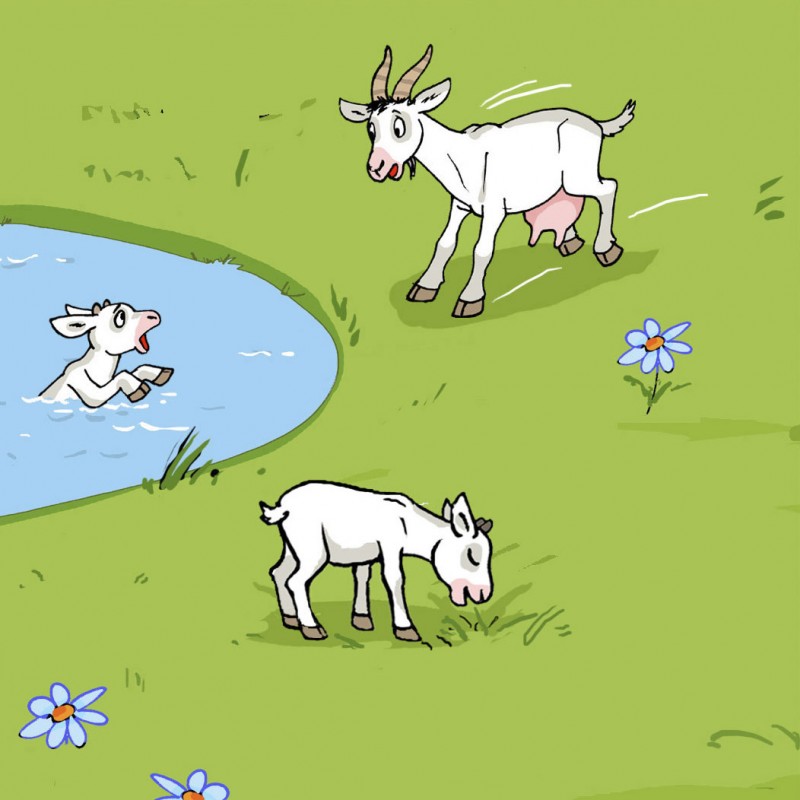What is MAIN?
The MAIN (Multilingual Assessment Instrument for Narratives) is an instrument for assessing narrative skills in children who acquire one or more languages from birth or from early age, developed as part of the LITMUS battery of tests (see Background for more details). MAIN exists for many different languages. It contains four parallel stories, each with a carefully designed six-picture sequence based on a multidimensional model of story organization. The stories are controlled for cognitive and linguistic complexity, parallelism in macrostructure and microstructure, as well as for cultural appropriateness and robustness.
MAIN allows for the assessment of comprehension and production of narratives in several languages in the same child and in different elicitation modes: Model Story, Retelling, and Telling. It can be used for evaluation, intervention, and research purposes.
